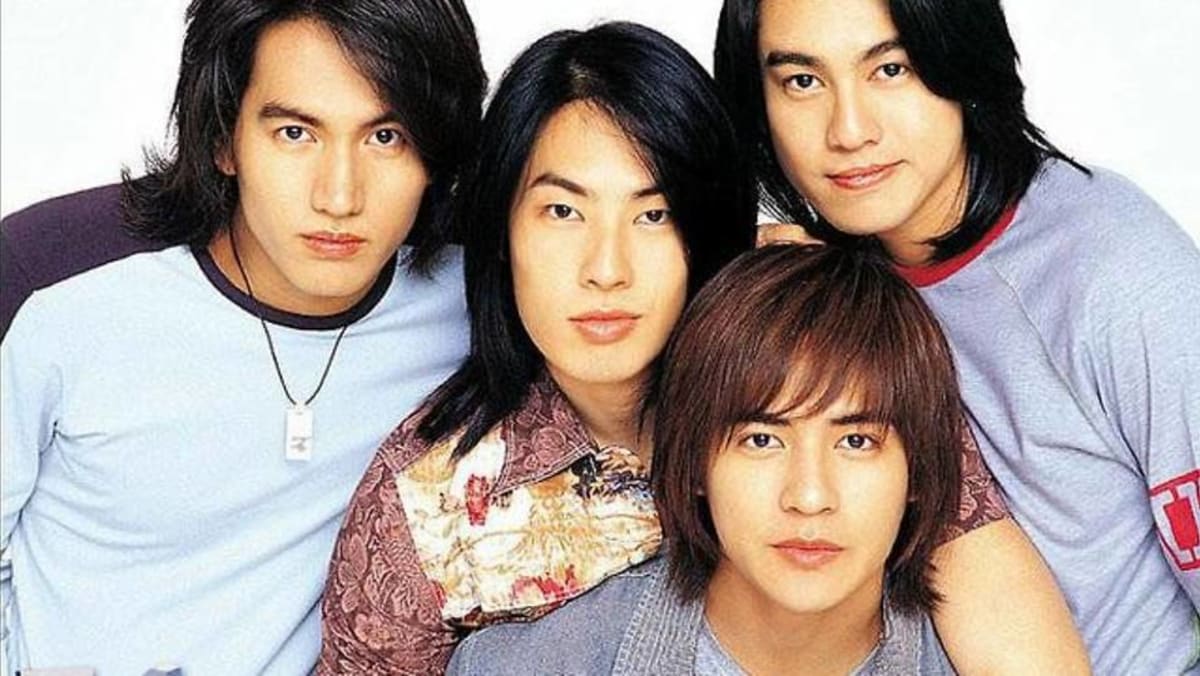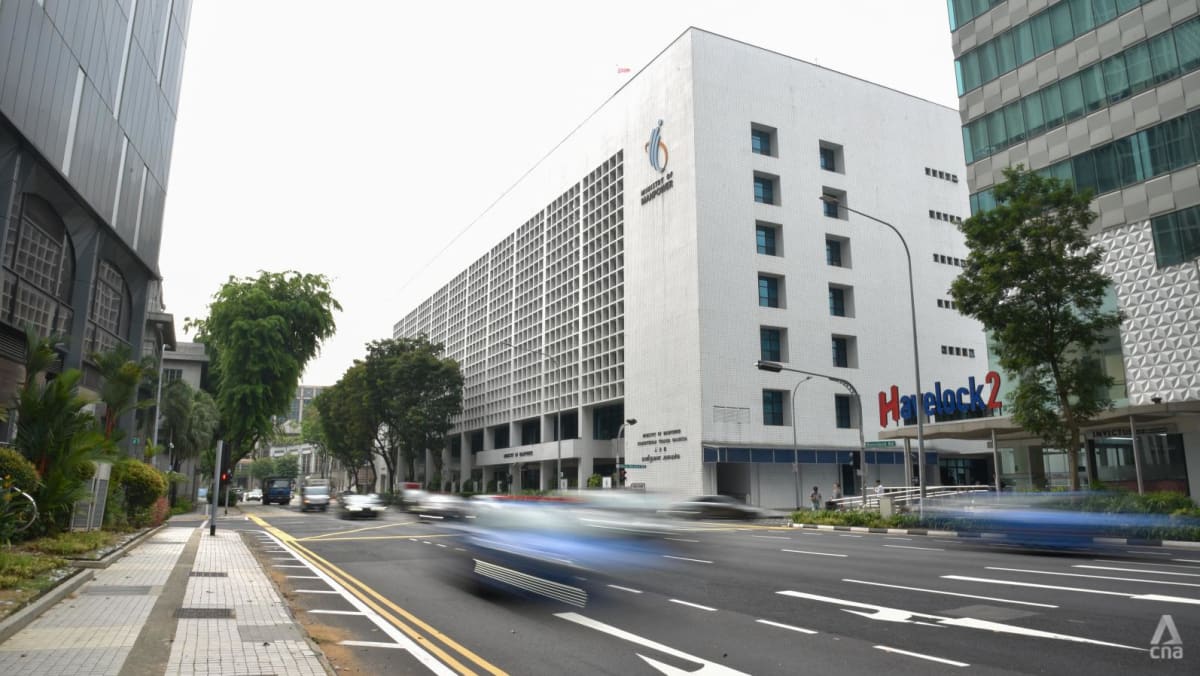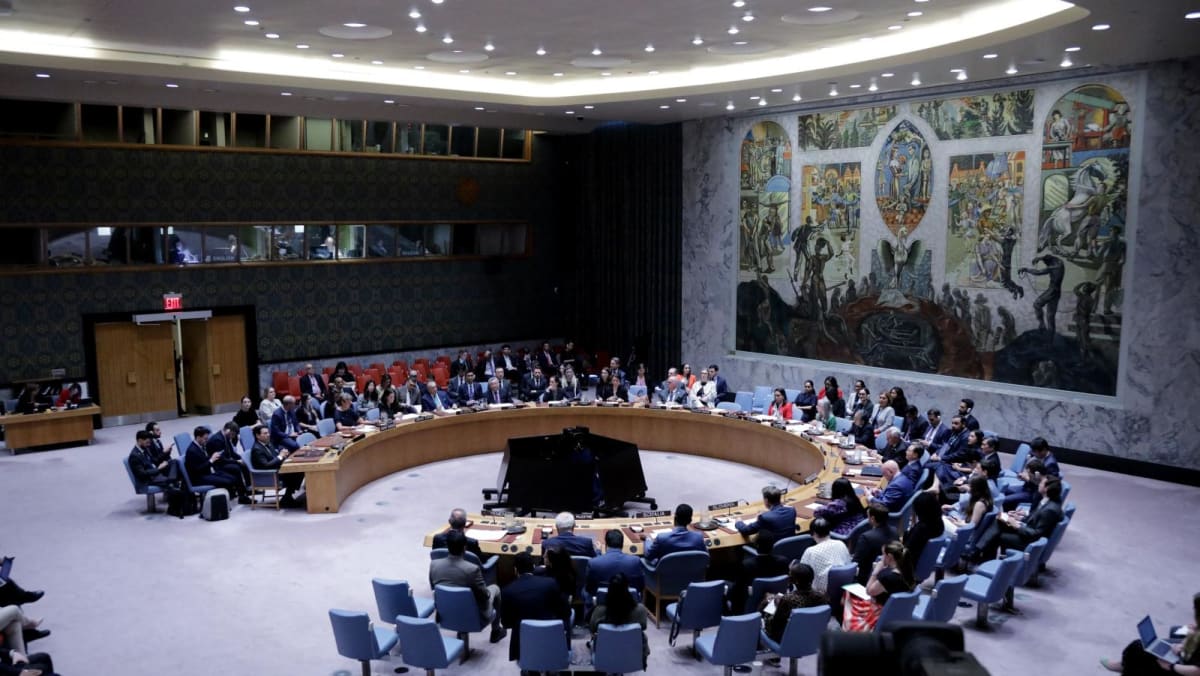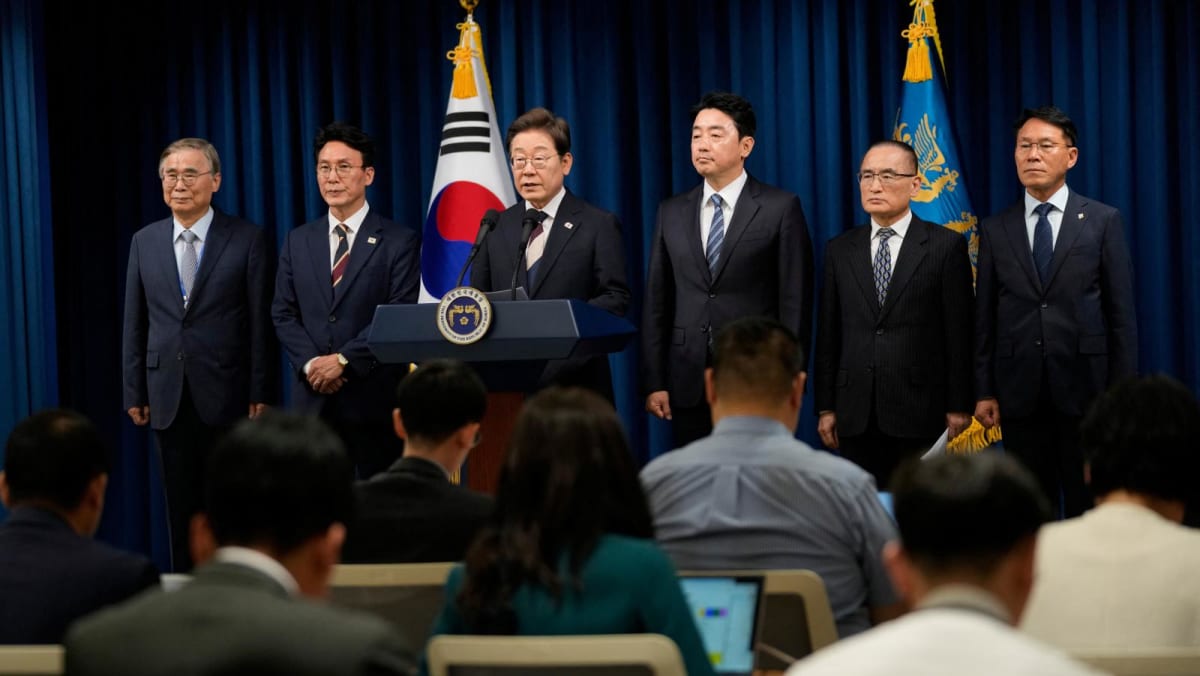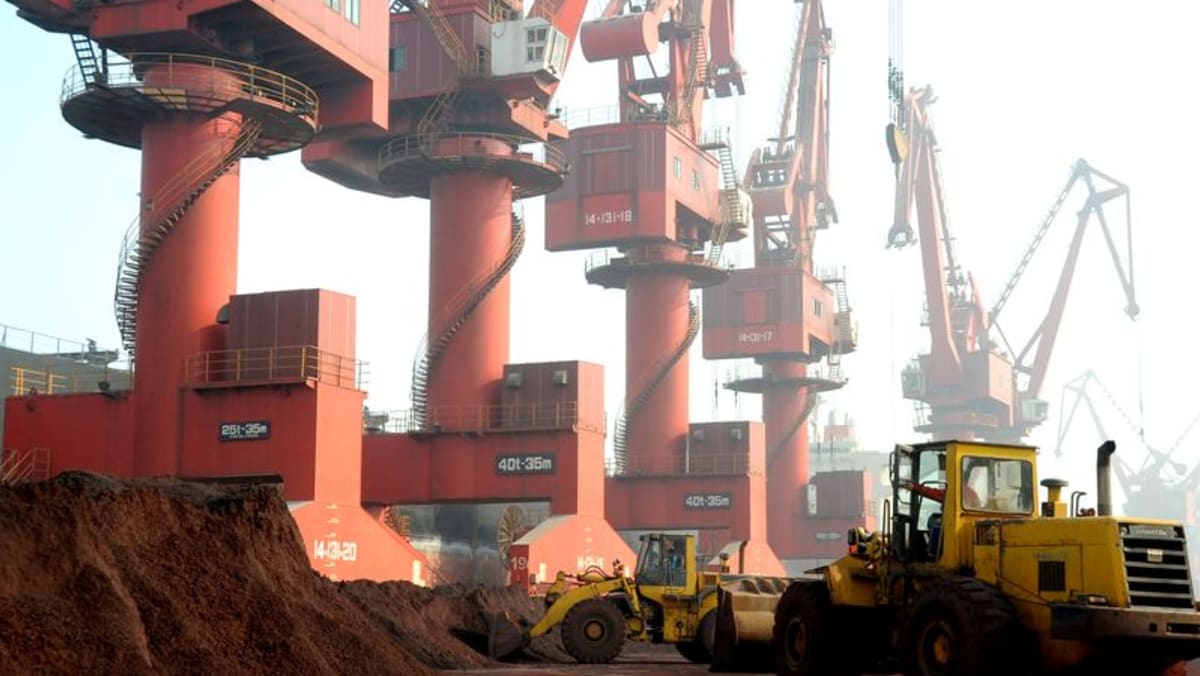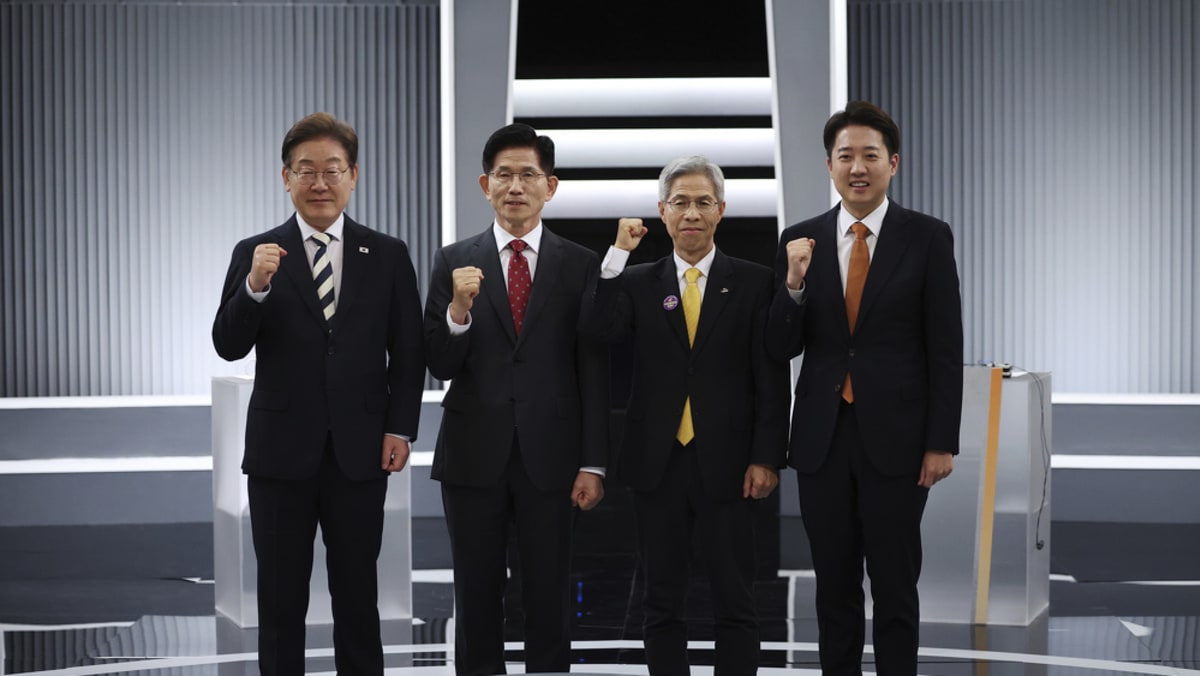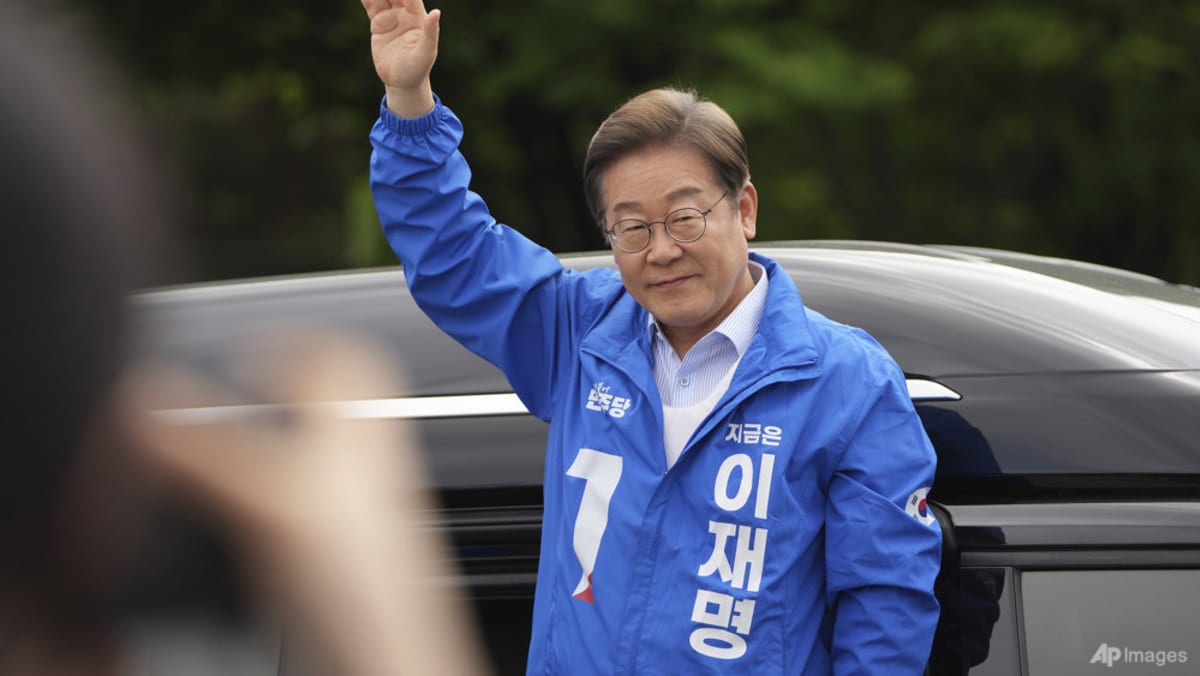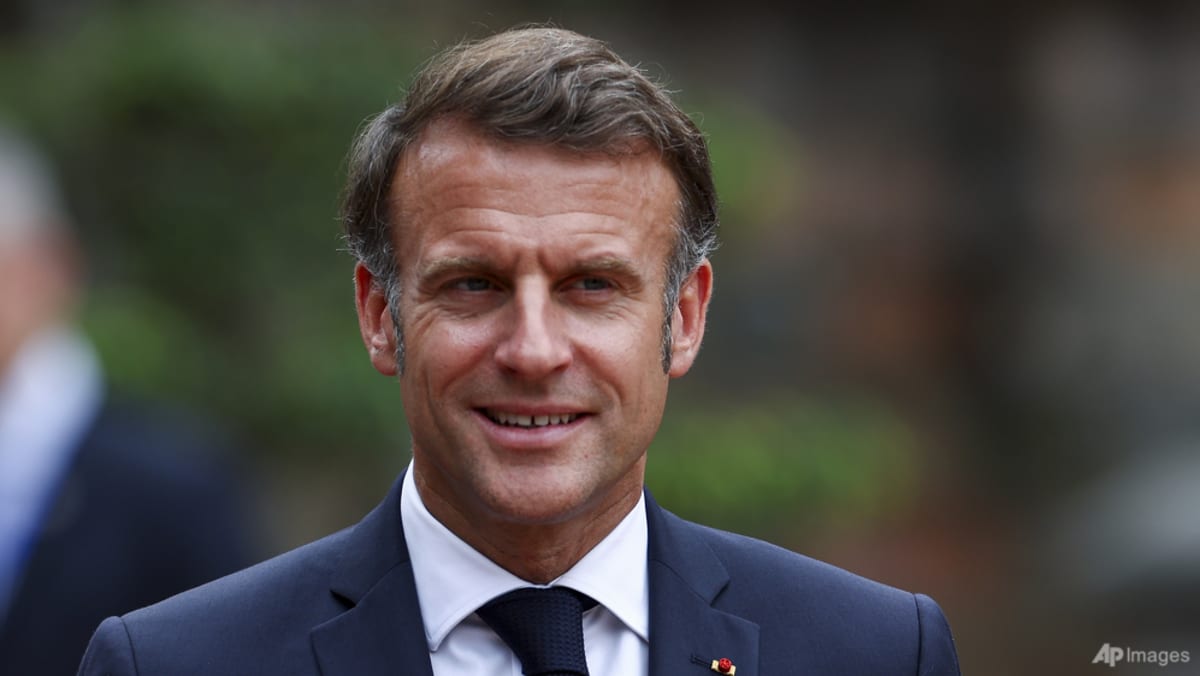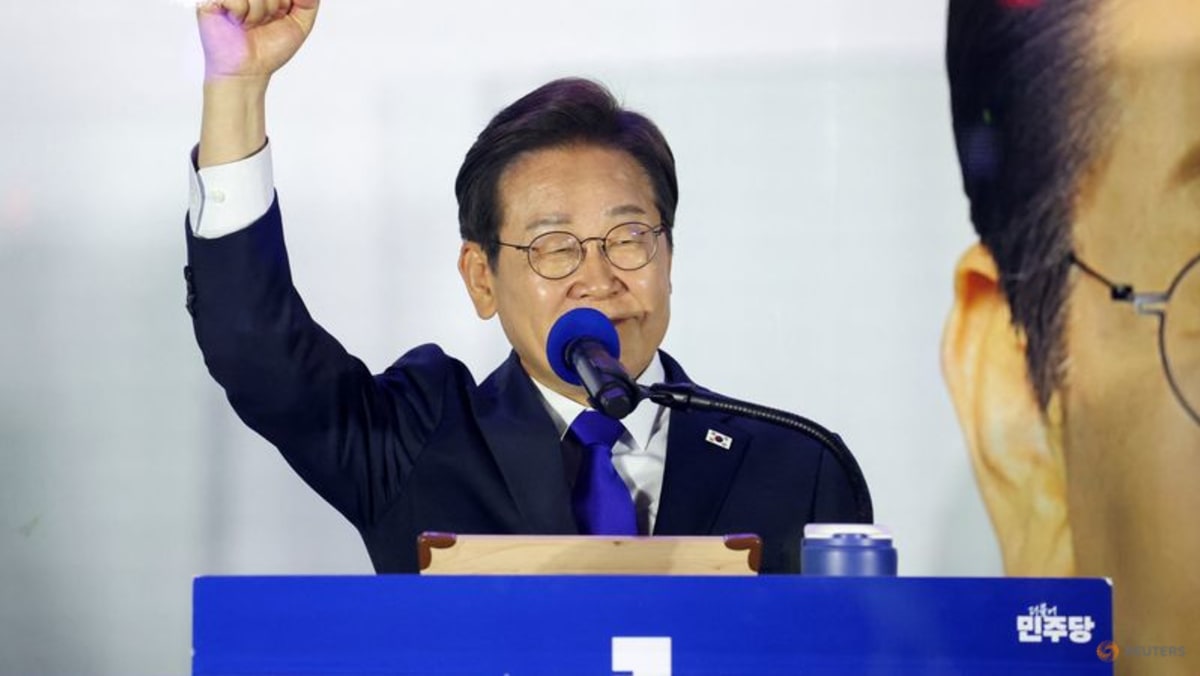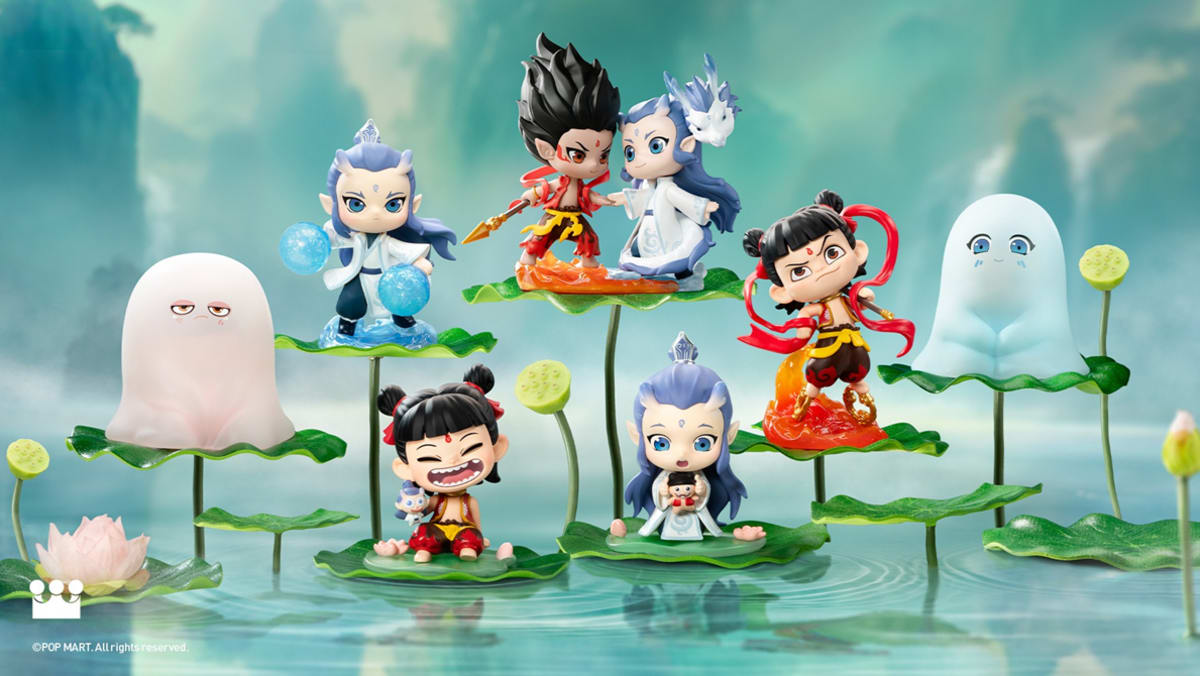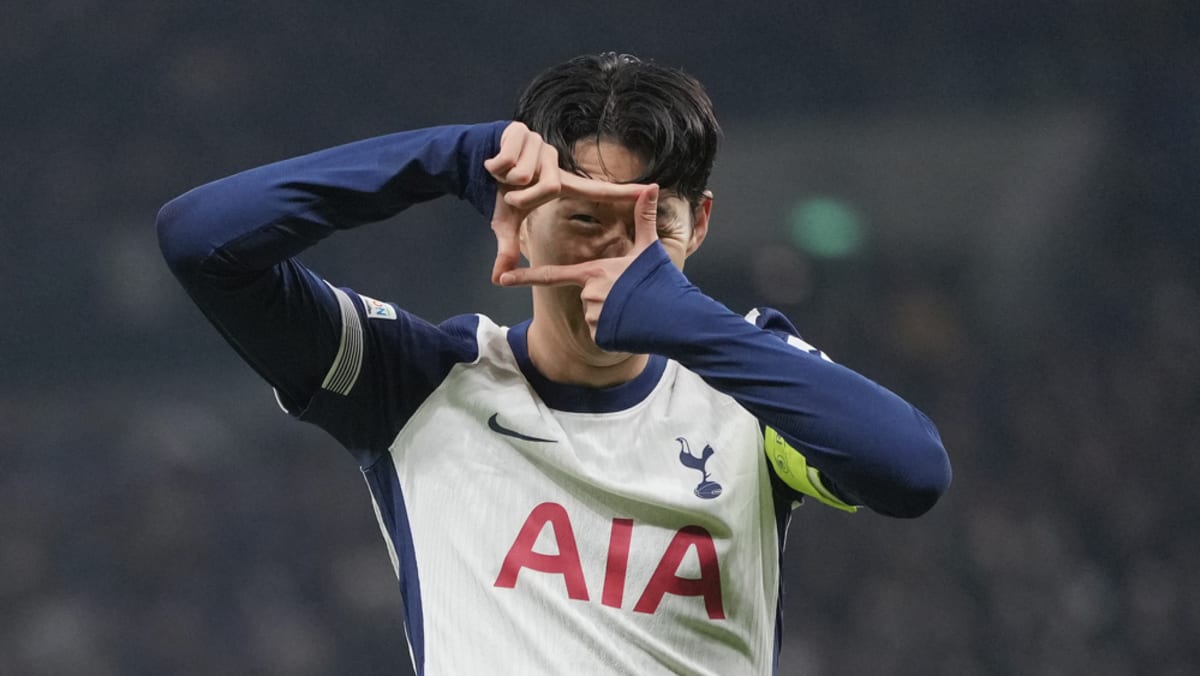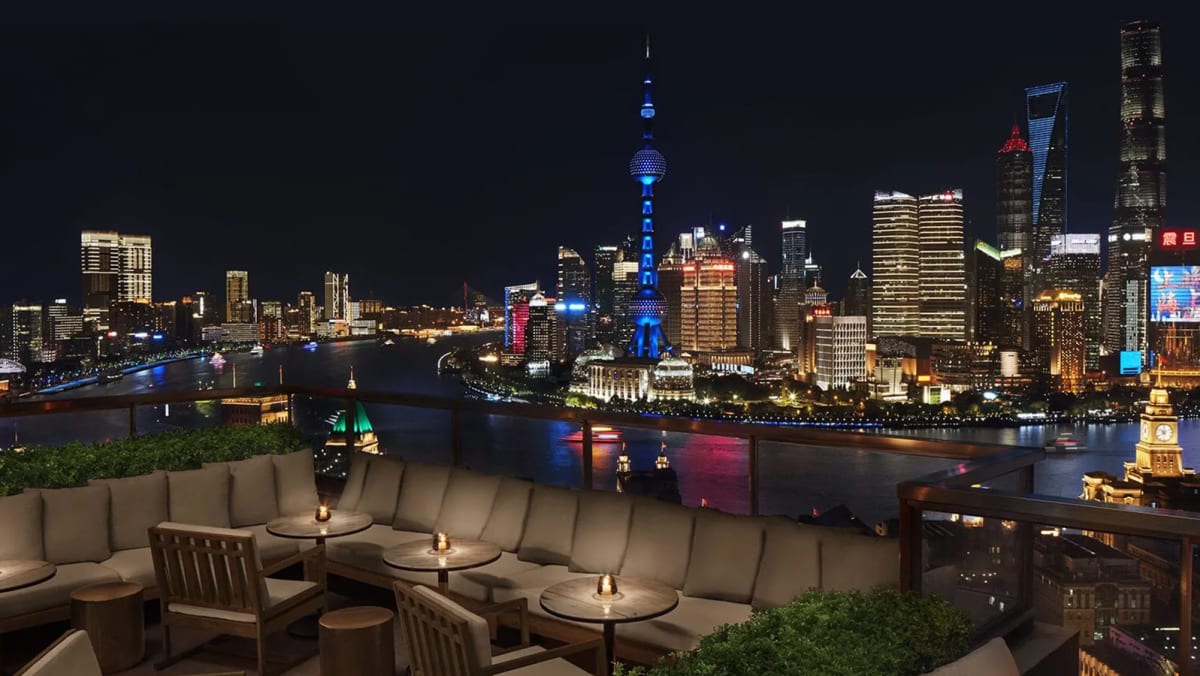Even if the United States and China reach a deal on tariffs, the adversarial relationship will worsen, says US politics expert Steven R Okun.
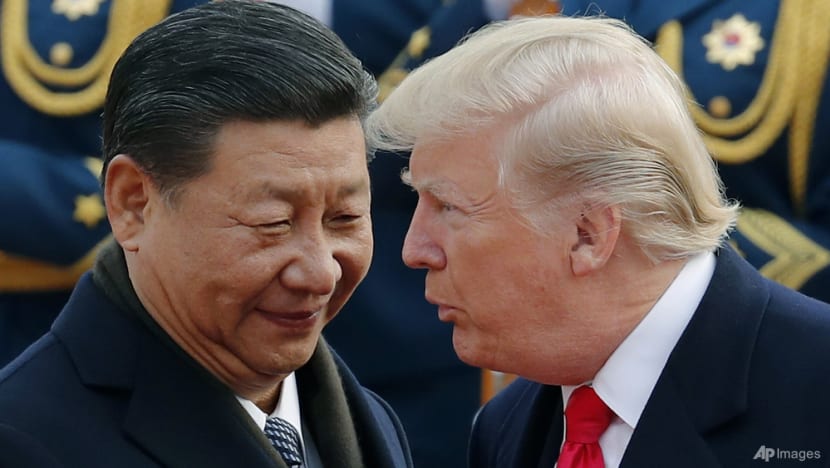 File photo of US President Donald Trump and China's President Xi Jinping during a welcome ceremony at the Great Hall of the People in Beijing on Nov 9, 2017. (AP Photo/Andy Wong)
File photo of US President Donald Trump and China's President Xi Jinping during a welcome ceremony at the Great Hall of the People in Beijing on Nov 9, 2017. (AP Photo/Andy Wong)
New: You can now listen to articles.

This audio is generated by an AI tool.
SINGAPORE: A couple of days after United States President Donald Trump was sworn in for a second term last month, he appeared to strike a conciliatory tone on China, telling global leaders at the World Economic Forum that he looked forward to “getting along” with Beijing.
The unexpected positive tone - especially after his campaign threats to impose tariffs as high as 60 per cent on China - led some experts on both sides of the Pacific to forecast a grand bargain coming between the United State and China.
They miscalculated.
On Saturday (Feb 1), the Trump administration ordered a 10 per cent tariff hike on goods from China, along with 25 per cent levies on Canadian and Mexican imports.
After days of urging Washington to “manage differences” and "meet China halfway", Beijing hit back on Feb 4, announcing 15 per cent tariffs on US coal and Liquefied Natural Gas (LNG), and 10 per cent duties on crude oil, farm equipment, large-displacement vehicles and pickup trucks, in addition to a targeted investigation of Google. These tariffs, among other measures, are to take effect on Feb 10.
Even if these tariffs get paused, as did the ones between the US with Canada and Mexico, that will not be indicative of an easing of this trade war.
A WIDER TRADE WAR BREWS
The tit-for-tat measures mark an escalation of US-China trade tensions.
For the US, the origin of this trade war traces back to China not living up to its World Trade Organization (WTO) commitments after joining in 2001, and certainly at least 10 years ago when Beijing rolled out its Made in China 2025 blueprint, an ambitious industrial policy aimed at dominating key sectors of the 21st century achieved through state subsidies and an uneven playing field for foreign businesses.
Add on the forced technology transfers, cyber theft and China’s failure to live up to its trade commitments, and the US finds ample justification for the tariffs implemented by both the Trump and Biden administrations, and the new ones in Trump 2.0.
From Washington’s perspective, China isn’t looking to avoid a trade war - it simply wants to escape retaliation for the one it started.
There are a few days before China’s retaliatory tariffs are set to kick in, and reports suggest China is preparing an initial proposal for trade negotiations. According to the Wall Street Journal, the proposal involves reviving the “Phase 1” deal that Mr Trump signed with Chinese President Xi Jinping in 2020. The two leaders are scheduled to have a call this week.
However, for a true resolution to occur from Washington's perspective, China must go past just buying more stuff from the US and move off its current path. Sure, China doesn’t want tariffs from the US, but it’s hard to see any substantive behaviour China will change to keep the US from its course of retaliation beyond tariffs, such as investment restrictions and export restrictions targeting China's ability to make advanced semiconductors.
Analysts point to China having another 10 per cent levied against it while Canada and Mexico each had 25 per cent as evidence that Mr Trump is setting the stage for a future trade deal.
It does not.
Michael Cunningham of the Asian Studies Center at the Heritage Foundation told me that Mr Trump will likely have to act against Beijing multiple times during his presidency.
“I wouldn’t say Trump went easy on China by just having 10 per cent tariffs. He worked out deals with Canada and Mexico to pause their tariffs, but the tariffs on China went ahead as planned, and he has said multiple times that additional tariffs are forthcoming,” Cunningham said.
“Doing so sends a message that he’s serious, which gives him negotiating leverage, without getting too far ahead of his team’s ongoing review of US-China trade that presumably will help inform future tariff plans,” Cunningham added.
Barbara Weisel, former Assistant US Trade Representative, offered a different perspective.
“Trump has made clear he is prepared to make a deal with Xi, with whom he believes he has a special relationship, although the tit-for-tat may go several rounds,” she told me.
“Ultimately, whether we will see a prolonged US-China tariff war may depend more on whether China is interested in playing Trump’s game. China could choose to test how little it can offer to buy Trump off or, instead, up the ante exerting its own leverage on the US.”
RIGHT UP TO THE LIMIT
Just weeks into his presidency, forecasting Mr Trump’s next moves is futile.
Only days ago, speculation was rampant about the trajectory of the North American trade war. Then Mr Trump agreed to pause tariffs on Canada and Mexico for 30 days, after reaching last-minute deals with its neighbours on border enforcement.
Regarding that, Mike McCurry, White House Press Secretary under President Clinton, told me: “I think this was all a bluff. Canada and Mexico basically did what they were already doing but saw it in their interest to let Trump take a victory lap. Dealing with the Chinese will be trickier.”
Unlike no other US president, Donald Trump plays geopolitics right up to the limit.
The same can be said for Xi Jinping.
With national security now overtaking economics when it comes to trade policy, balancing between the US and China becomes more perilous.
Chinese involvement in port infrastructure has become a flashpoint, as evidenced by Secretary of State Marco Rubio’s first international trip to Central America, and Mr Trump’s laser focus on the Panama Canal, as former State and US Trade Representative official for Latin America Kellie Meiman Hock pointed out to me. The focus of US chip restrictions on China has also recently broadened to other countries.
Given the US’ adversarial relationship with China, the broader issue for other governments becomes one of the confidence the US has with them, not of a specific transgression.
Even if a fantastical grand bargain emerges between China and the US and the new tariffs go away, tensions will remain, and the rivalry will evolve into new battlegrounds.
While the trade drama may pause, the tech war will continue unabated. Mr Trump likely will give wide latitude to the China hawks around him and in Congress, Democrats and Republicans alike, who see further tightening technology and investment restrictions on China as a top priority.
The stakes are much higher now for all governments, especially vis-a-vis the US and China.
Steven Okun is CEO of APAC Advisors based in Singapore and served in the Clinton Administration as Deputy General Counsel at the US Department of Transportation.


